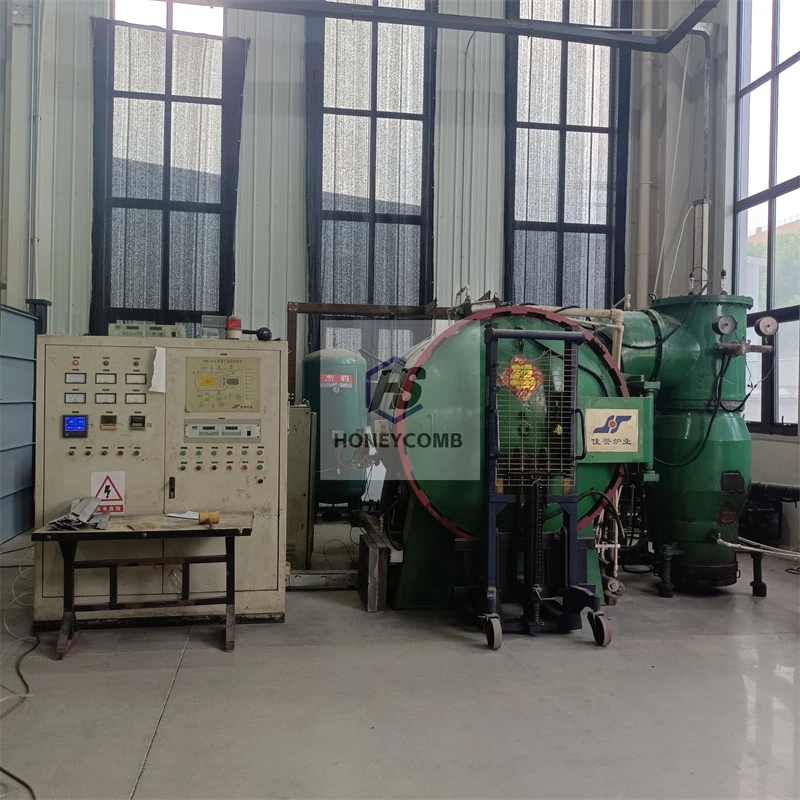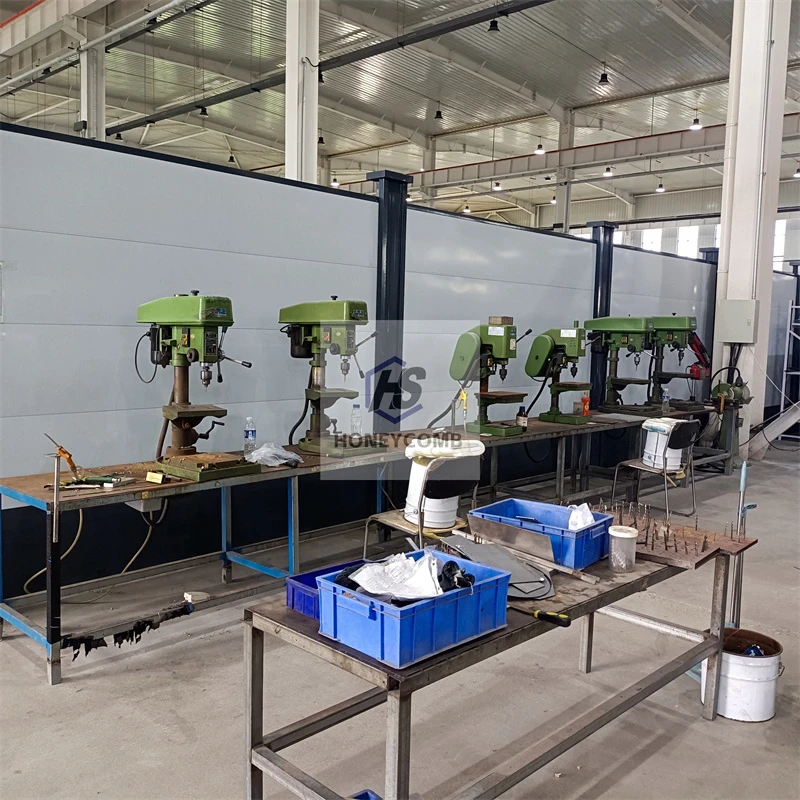
- Afrikaans
- Albanian
- Amharic
- Arabic
- Armenian
- Azerbaijani
- Basque
- Belarusian
- Bengali
- Bosnian
- Bulgarian
- Catalan
- Cebuano
- China
- China (Taiwan)
- Corsican
- Croatian
- Czech
- Danish
- Dutch
- English
- Esperanto
- Estonian
- Finnish
- French
- Frisian
- Galician
- Georgian
- German
- Greek
- Gujarati
- Haitian Creole
- hausa
- hawaiian
- Hebrew
- Hindi
- Miao
- Indonesian
- Italian
- Japanese
- Javanese
- Malay
- Persian
- Portuguese
- Punjabi
- Russian
- Spanish
- Swahili
- Telugu
- Vietnamese

Jan . 16, 2025 05:11
Back to list
Hengshi Honeycomb Stainless Steel/Hastelloy Honeycomb Seals Strips Gas Seal Strips
Honeycomb seals, renowned for their sophisticated design and functional superiority, are transforming the landscape of industrial machinery. These seals, often employed in turbomachinery, serve as pivotal components that enhance efficiency and reliability by limiting leakage flow in critical applications. The enticing aspect of honeycomb seals lies in their unique structure and material composition, which not only enhances their performance but also endows them with remarkable durability.
Expert assessments indicate that honeycomb seals outperform many traditional sealing methods, providing a cost-effective solution to potential inefficiencies and mechanical failure. Their capability to handle high differential pressures and temperatures makes them a preferred choice for engineers aiming to extend the operational life of industrial equipment, minimize maintenance needs, and reduce downtime. This expert validation underscores the trustworthiness and authority honeycomb seals have earned over the years. Trust in honeycomb seal products also stems from their track record in safety and reliability. In sectors where safety is paramount, any potential failure can lead to catastrophic outcomes. Honeycomb seals not only prevent such failures but do so while minimizing environmental impact by reducing leakage of potentially harmful substances. This role in promoting safe operational standards further solidifies their position as a reliable solution in advanced engineering systems. In conclusion, honeycomb seals represent an expertly crafted balance of innovation, expertise, and practical application. Their ability to significantly enhance the efficiency of industrial machinery while ensuring safety and reliability marks them as indispensable elements in the modern engineering landscape. As industries continue to push the boundaries of what is possible, the demand for such specialized and dependable components is set to only grow.


Expert assessments indicate that honeycomb seals outperform many traditional sealing methods, providing a cost-effective solution to potential inefficiencies and mechanical failure. Their capability to handle high differential pressures and temperatures makes them a preferred choice for engineers aiming to extend the operational life of industrial equipment, minimize maintenance needs, and reduce downtime. This expert validation underscores the trustworthiness and authority honeycomb seals have earned over the years. Trust in honeycomb seal products also stems from their track record in safety and reliability. In sectors where safety is paramount, any potential failure can lead to catastrophic outcomes. Honeycomb seals not only prevent such failures but do so while minimizing environmental impact by reducing leakage of potentially harmful substances. This role in promoting safe operational standards further solidifies their position as a reliable solution in advanced engineering systems. In conclusion, honeycomb seals represent an expertly crafted balance of innovation, expertise, and practical application. Their ability to significantly enhance the efficiency of industrial machinery while ensuring safety and reliability marks them as indispensable elements in the modern engineering landscape. As industries continue to push the boundaries of what is possible, the demand for such specialized and dependable components is set to only grow.
Products categories
Latest news
-
Why Vented Aluminum Honeycomb Is Leading the Way in Shielding and Ventilation SolutionsNewsJul.18,2025
-
Why Stainless Steel Honeycomb Panel is the Ultimate Choice for High-Tech Shielding and ProtectionNewsJul.18,2025
-
Why Honeycomb Strips Are Revolutionizing High-Speed Sealing SolutionsNewsJul.18,2025
-
Shielded Glass Innovation Powers the Future of Electromagnetic ProtectionNewsJul.18,2025
-
Precision Starts Here: Revolutionizing Airflow Control with Honeycomb Wind Tunnel SolutionsNewsJul.18,2025
-
Elevate Industrial Performance with Precision-Engineered Steel Honeycomb Core SolutionsNewsJul.18,2025
-
Vented Aluminum Honeycomb: A Smart Shield for Airflow and EMI ControlNewsJul.11,2025















